From the natural beauty of Southern Thailand, to the flatlands of the Norfolk Coast in Eastern England. Today, we're going to take a look at a wonderful piece of English seaside architecture in the rather forlorn seaside town of Great Yarmouth.
You'd think there would be no end of resource and history about this beautiful structure that the Victorian Society lists as one of the top ten most endangered Victorian buildings in the UK, but information is scarce.
To that end, I've cobbled everything I can find out about it and thrown in a little conjecture to hopefully create an informative post. All sources will be listed at the end of the post.
Winter Gardens are simply large greenhouses, sorry conservatories, constructed from glass and steel and began to appear around the mid-eighteenth century in the grounds of stately homes belonging to the wealthy and often titled English gentry.
Although I can find nothing in print, my thoughts are that throughout the colonial periods of European history, many tropical and sub-tropical plants were being brought back to these shores and theses heated conservatories were the perfect place to nurture and study these incredible specimens from far off shores. Reading history books, I also ascertain that there was an incredibly interest in botany in general as we entered the Victorian period and by the mid-nineteenth century, Winter Gardens were springing up all over the UK, the most famous being the original 'Crystal Palace' built in London in 1851 to host The Great Exhibition. Winter Gardens were moving away from being purely horticultural to being multi-use spaces and were very popular.
According to my endless Googling, it appears that the popularity of 'Winter Gardens' in seaside towns around Britain, corresponded with the huge rise in popularity of the traditional English seaside holiday during the mid to late nineteenth century with Victorians from all walks of life and social status heading off to the coast to take in the sea air. The resorts were always looking to extend the holiday season and so someone hit upon the idea of building a winter gardens by the sea. A place for entertainment and wonderment at the tropical fauna and flora on display, all in a warm environment, protected from a blustery and chilly Autumn day.
So, this magnificent building is built from glass and iron, proper greenhouse construction materials and opened in its current location in 1906. As we will see from a later post, Great Yarmouth at that time must have been one huge building site as many buildings I photographed on this trip had date-stones from this period in time. The design is a cruciform design, popular at the time with a two-tiered central tower centrally located. It does look magnificent when the sun reflects off it's acres of glass.
Although it opened in 1906, construction started in 1904 after the whole structure arrived on a barge from Torquay, a trip of around 400 miles by sea. The story goes that the building had been constructed between 1875 and 1878 in Torquay down on the English Riviera on the South-West coast. It was designed and constructed by John Watson and William Harvey and cost the huge sum at the time of £12,783 before being relocated to Great Yarmouth in 1904. The business operating it went bust when visitor numbers didn't match expectations and the whole building was sold at the knockdown price of £1300 before being disassembled and taken to Yarmouth, pretty much in the same way you can do with a greenhouse these days. Allegedly, not a single pane of glass was broken!
A very shrewd move by the head of Great Yarmouth town planning at the time, a fella by the name of JW Cockrill.
My suggestion is that as Torquay already has a very temperate climate, if you go there to day you can see palm trees growing along the sea front, so there was little need to extend and already above average holiday season which was the whole premise behind the construction of these Winter Gardens. Whatever the reason, Torquay's loss was Great Yarmouth's gain.
Upon completion in in Yarmouth, they stuck in a maple floor for roller skating that is still intact today, a huge organ for music, built the brick entrance you can see as a cloakroom and filled it with flowers and plants. The Victorians loved it and it proved to be a huge success. It was used for exhibitions, concerts as a ballroom and even had a Tyrolean Beer Garden for a while before moving on to being a more mundane amusement arcade and bar after which it slowly fell out of favour before eventually closing it's doors in 2008 after its upkeep became too costly and serious repairs needed to be made.
Finally, the good news. It appears that in 2021, Great Yarmouth council managed to secure £10m funding from the Lottery as part of a £16m plan to return the Winter Gardens to its former glory. Work will commence in early 2023 and finished within 5 years before being opened as a free attraction.
I'm not sure how I feel about that to be honest. On one hand, it's great to see a beautiful old building and perfect example of Victorian architecture and engineering survive but £16,000,000 ? Are there no better uses for that money in these difficult times and why no private money? Could the local council of not given it away to someone with the guaranteed funds to save and preserve it? A university perhaps?
Time will tell, but hopefully in 5 years time, I may be back with a post full of pictures both inside and out and this superb Victorian folly.
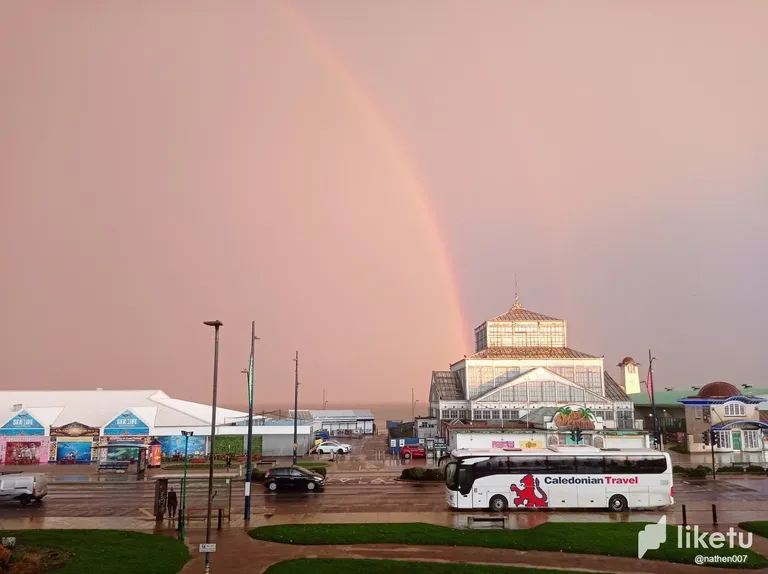
Let's start with the good news! There really seems to be a pot of gold at the end of the rainbow for Great Yarmouth's Winter Gardens!
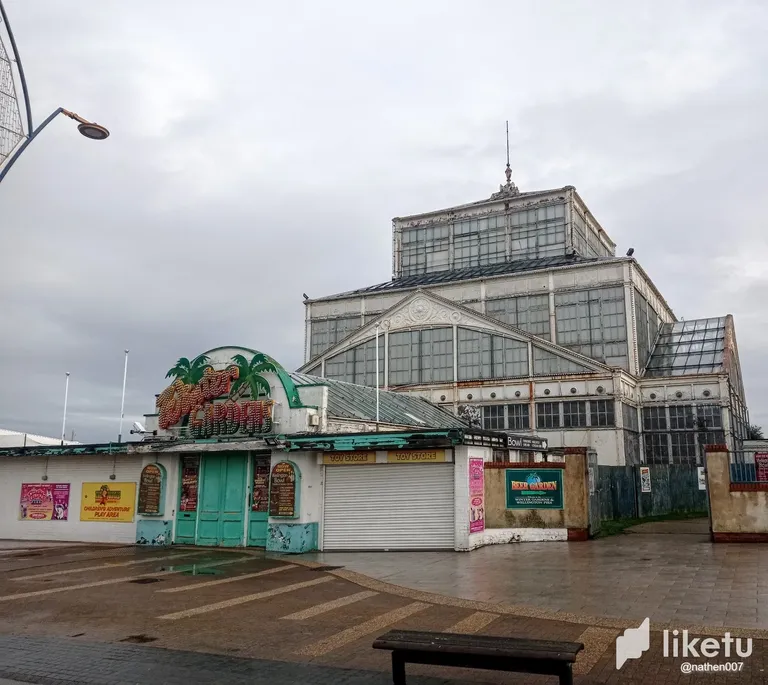

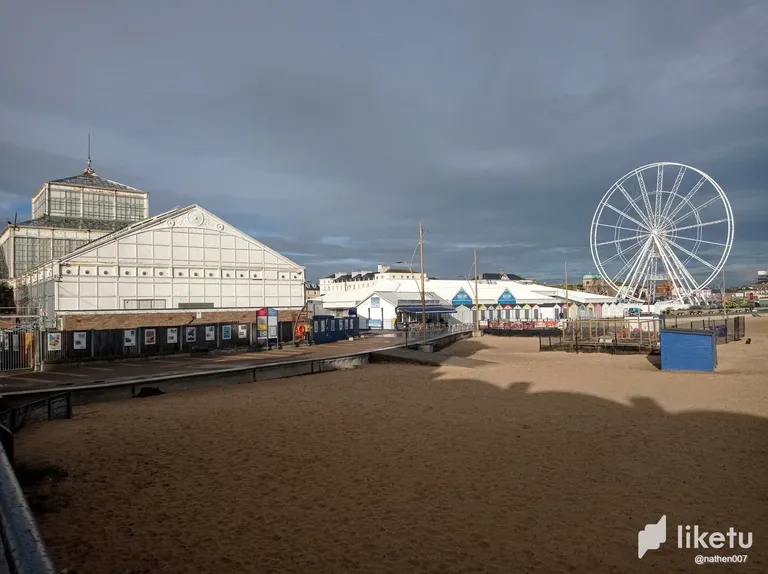
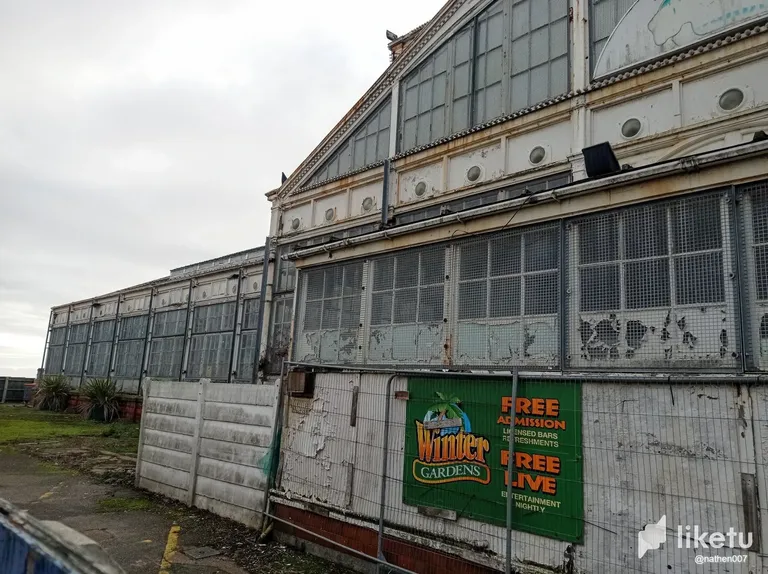
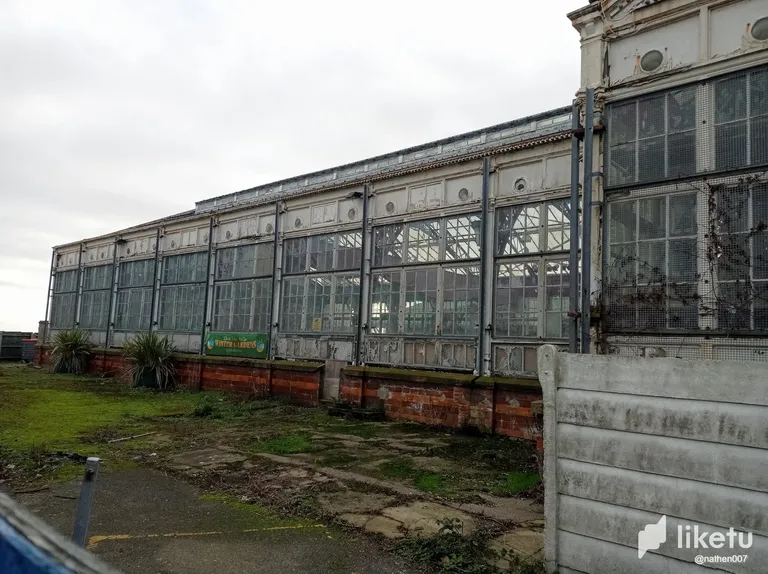
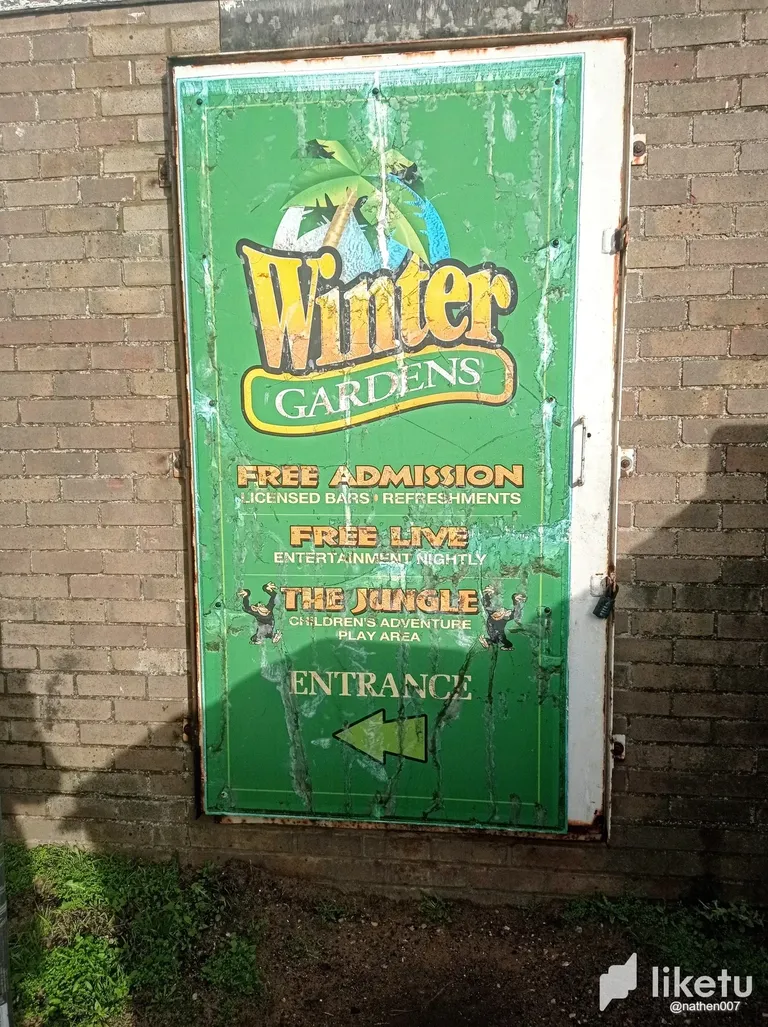
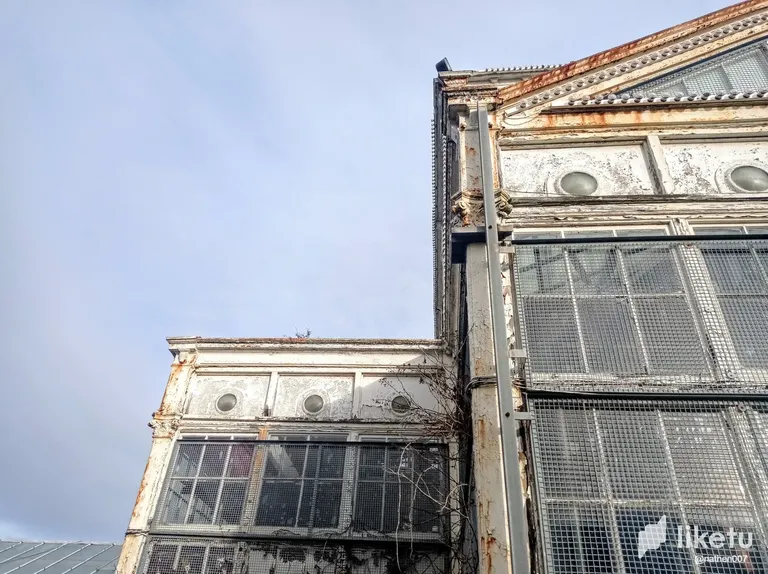
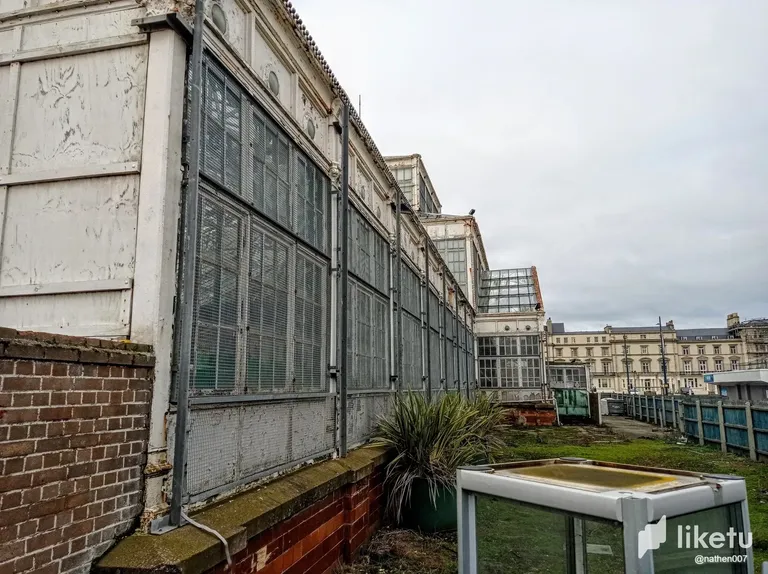
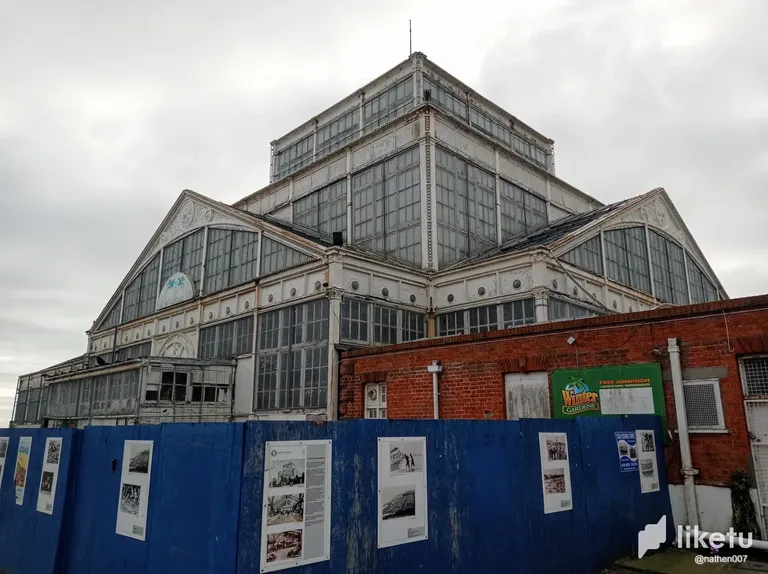
All photos unless stated were taken by me and the exact location is posted on the excellent @pinmapple and it looks like it's another first for me as this will be the first pin for Great Yarmouth!!
References
Historic England
From the GY Mercury with many old photos!
For the best experience view this post on Liketu


